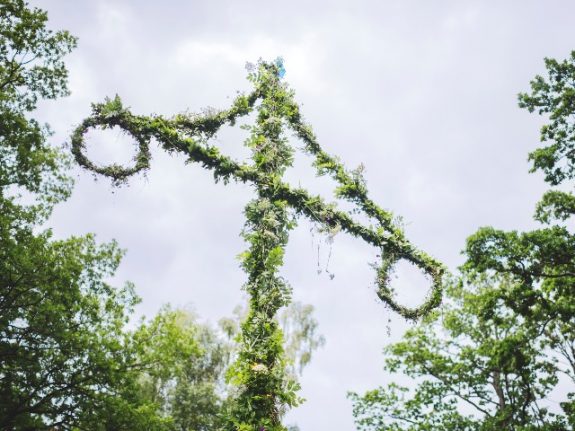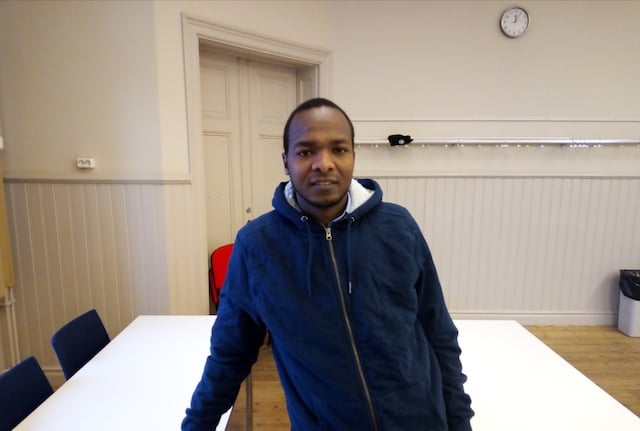In our early teens, we both knew that we wanted to study abroad, and by the time we graduated from university, we were keen to find an opportunity. With a fair share of luck, we both ended up being offered generous scholarships from the Swedish Institute to pursue our masters in Sweden. We were skeptical at first, particularly about how we would integrate into the culture and society of Sweden, which seemed to be poles apart from our native country Bangladesh. At the same time, we were excited to learn new things and get to experience something different.
It turned out, however, that studying in Sweden was one of the best decisions we have made in life so far. Not only because of the high quality of the education we have benefitted from, but because our intercultural experience has been so rewarding. Living in the middle of Swedish nature and wilderness in the northern county of Dalarna, we have both embarked on a philosophical journey that probably will define us for the rest of our lives.
One example of an invaluable cultural encounter during our time in Sweden was celebrating Swedish Midsummer at Skansen. In our opinion, Swedish Midsummer is one of the best ways to experience Swedish culture head-on. Although Dalarna is, according to many, the proverbial place in Sweden to celebrate Midsummer, we decided to travel to Stockholm to partake in the lavish celebrations at Skansen, Sweden’s famous open-air museum and zoo on the island of Djurgården. To make this experience more surprising and fun, we decided to not read anything about how midsummer is celebrated in Sweden or Skansen.
Having traveled from Norrtälje to Stockholm by bus, once we finally reached Djurgården by way of the tram, we were astonished by the level of enthusiasm abounding at Skansen. Hundreds of people were waiting outside of the main entrance. There were quite a few queues, and all of them were long (though straight in typical Swedish fashion!). Because of the special occasion, the entry fee was also higher than usual. The whole area was full of happy and smiling Swedes wearing head wreaths, and it was as though the whole city had come to celebrate midsummer.
 Photo: Nishat Raihana
Photo: Nishat Raihana
The thing we enjoyed most this beautiful summer day was dancing with people. While Swedish people are known to be somewhat taciturn, on Midsummer, there is almost no trace of this. We even found that on Midsummer, the Swedes have no problem with dancing with strangers, and many lovely Swedes did indeed dance with us on this day. Alongside people from other countries who had also come to get a taste of Swedish midsummer, we picked branches and wildflowers to make our head wreaths. Although Midsummer is, naturally, a very Swedish event, at Skansen, it was very international, secular, and gender-neutral, too. At the end of our day, it struck us that Midsummer is a festival and cultural ritual that subtly depicts Swedish society. It is is one of the few occasions where a person can experience the convergence of Sweden’s past and present in a short period of time. To us, that is what made Midsummer a unique opportunity to learn about Sweden.



 Please whitelist us to continue reading.
Please whitelist us to continue reading.